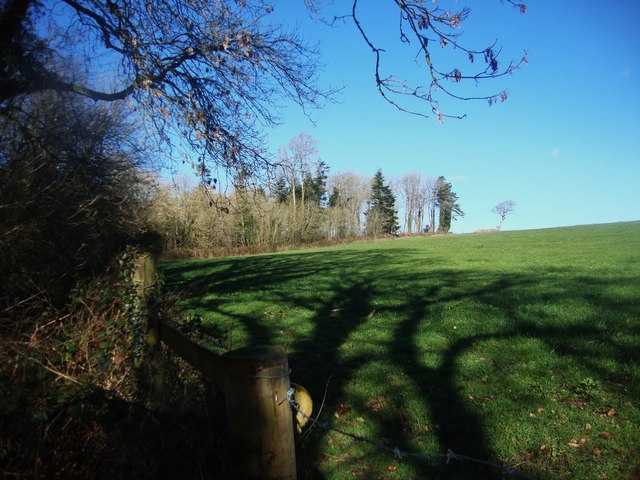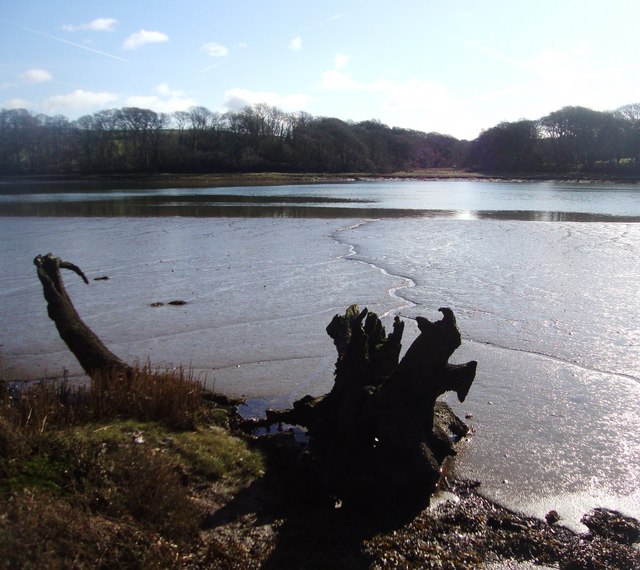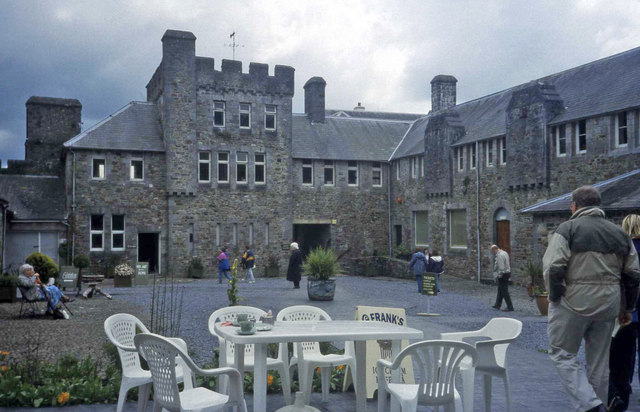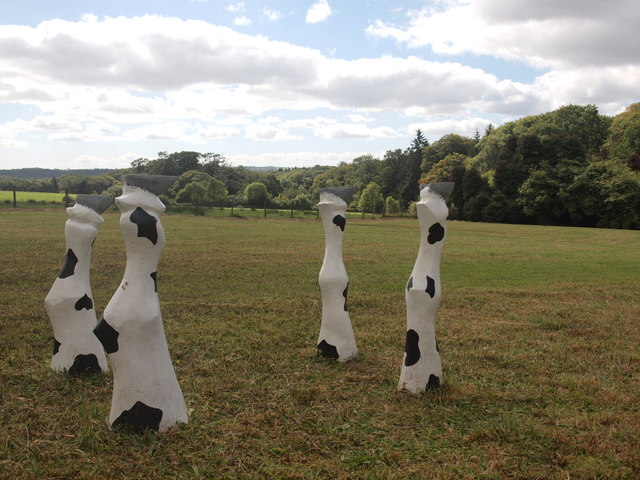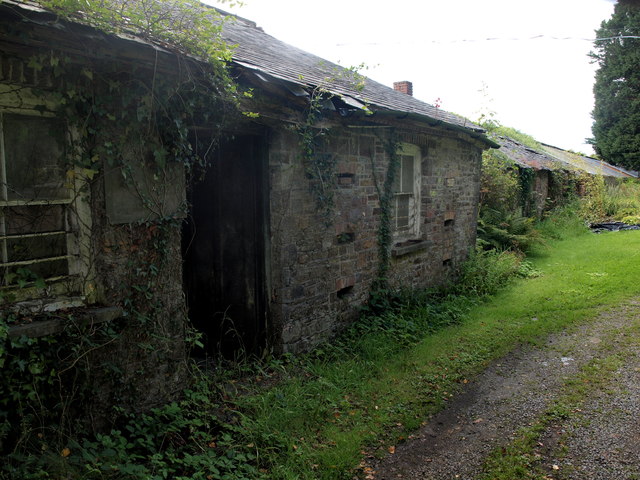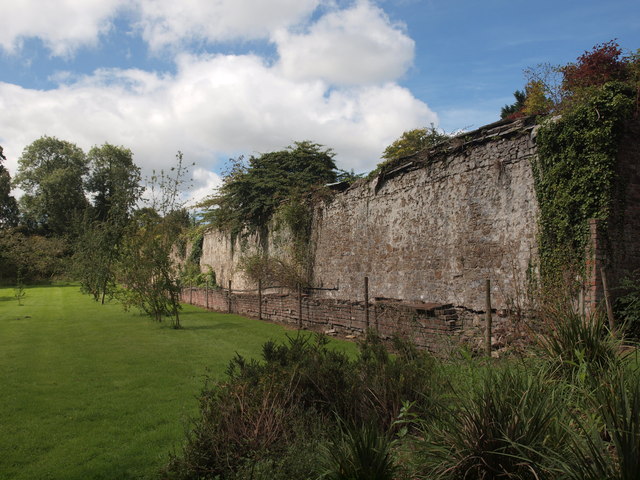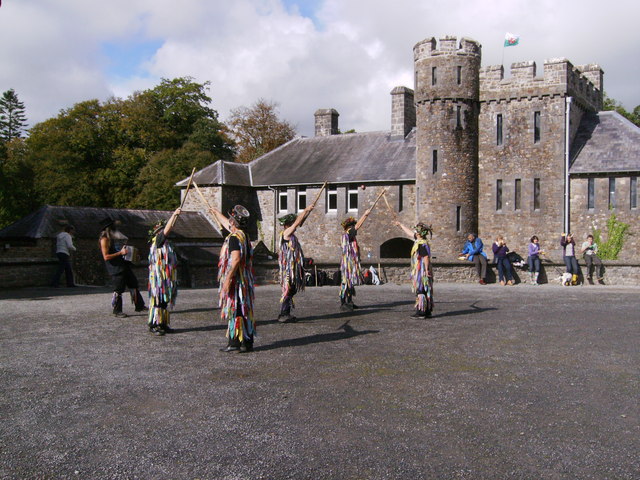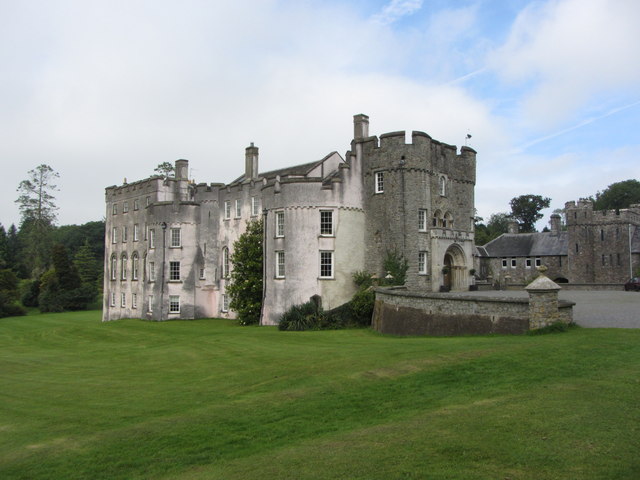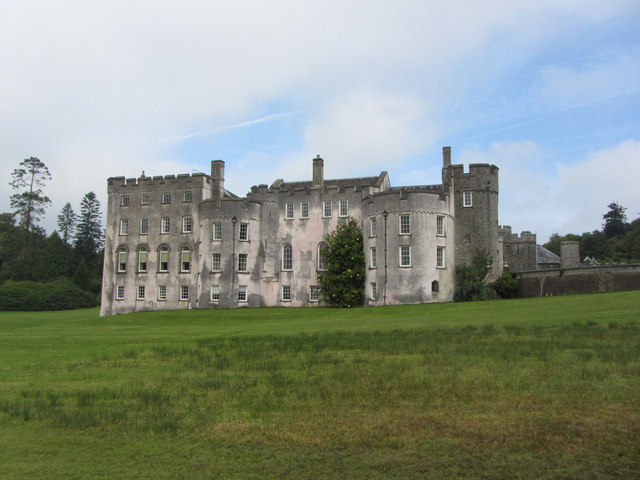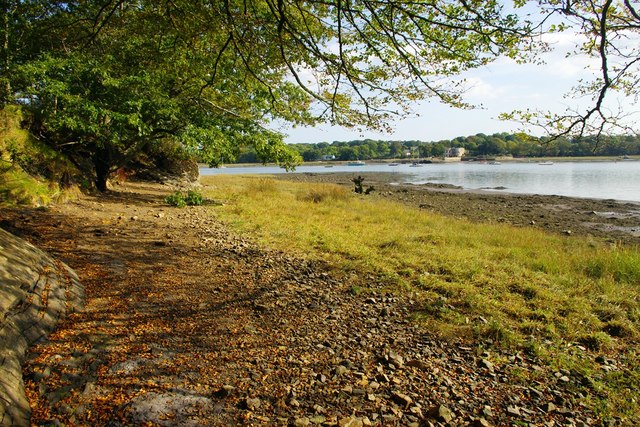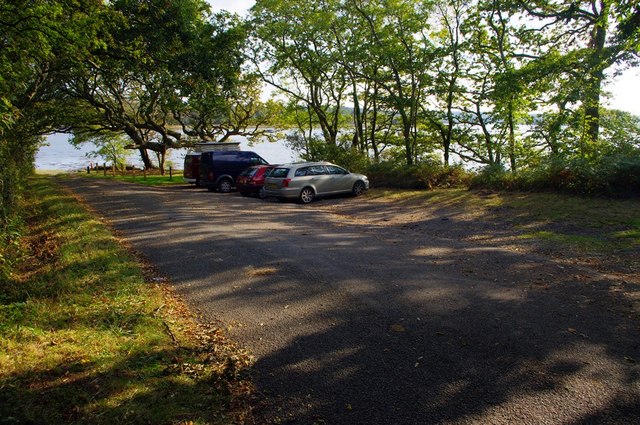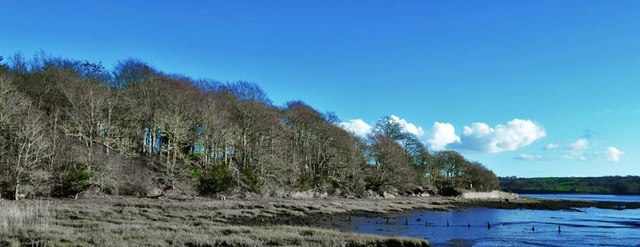Layers Park
Downs, Moorland in Pembrokeshire
Wales
Layers Park
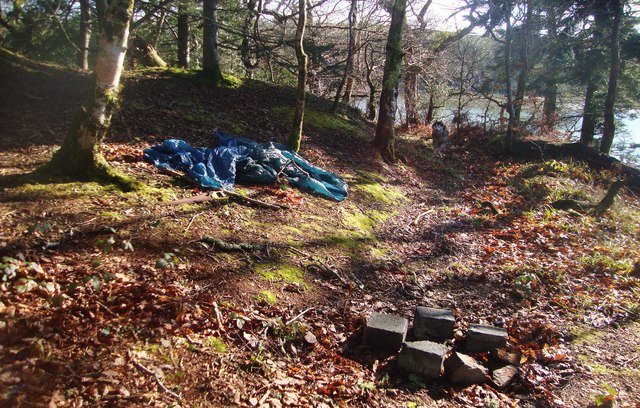
Layers Park, located in Pembrokeshire, Wales, is a picturesque natural area known for its stunning downs and moorland landscapes. Spanning over a considerable area, it offers visitors a diverse range of natural features and recreational activities. The park is nestled in the beautiful countryside of southwest Wales, providing a serene and tranquil atmosphere.
The downs in Layers Park are characterized by their rolling grassy hills, which provide breathtaking panoramic views of the surrounding area. These open spaces are perfect for leisurely walks, picnics, and outdoor activities such as kite flying and Frisbee throwing. Visitors can also enjoy the vibrant wildflowers that bloom during the spring and summer months, adding a splash of color to the landscape.
The moorland of Layers Park is a rugged and wild terrain, covered in heather and gorse bushes. This unique ecosystem is home to a variety of plant and animal species, including skylarks, adders, and rare orchids. Nature enthusiasts can explore the moorland through well-maintained trails, taking in the untamed beauty of the area.
Layers Park also offers opportunities for adventure seekers, with activities such as hiking, mountain biking, and horseback riding available. The park boasts a network of well-marked trails that cater to different skill levels, allowing visitors to explore the area at their own pace.
Overall, Layers Park in Pembrokeshire is a haven for nature lovers and outdoor enthusiasts, offering a captivating blend of downs and moorland landscapes. Whether you're seeking a peaceful retreat or an adrenaline-filled adventure, this natural gem has something to offer everyone.
If you have any feedback on the listing, please let us know in the comments section below.
Layers Park Images
Images are sourced within 2km of 51.778883/-4.8653307 or Grid Reference SN0212. Thanks to Geograph Open Source API. All images are credited.
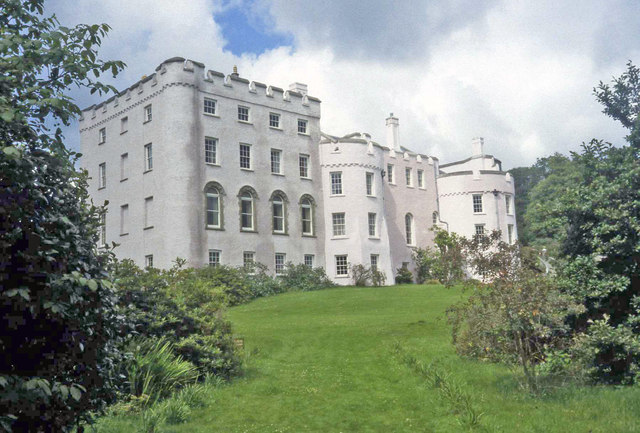
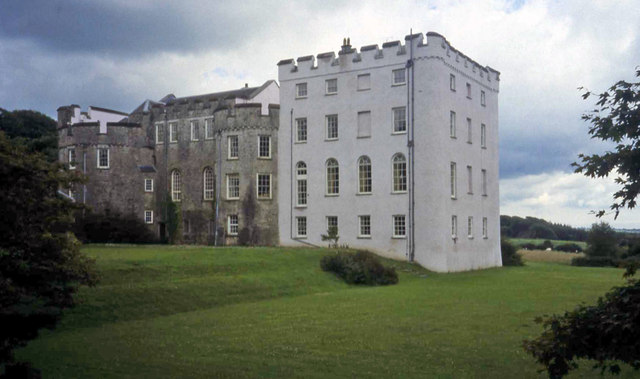
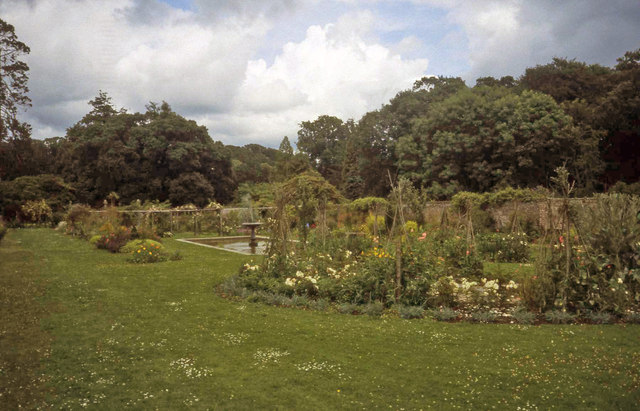
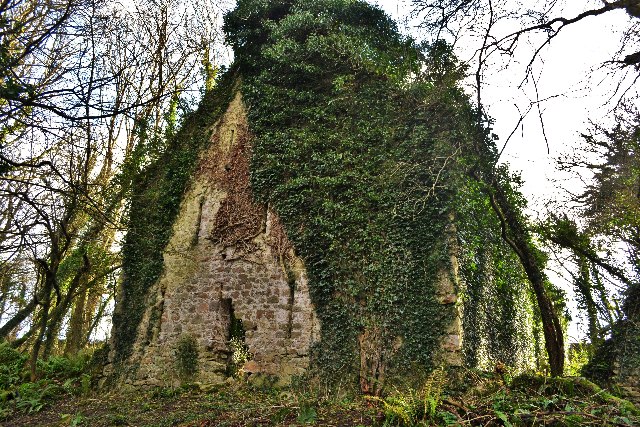
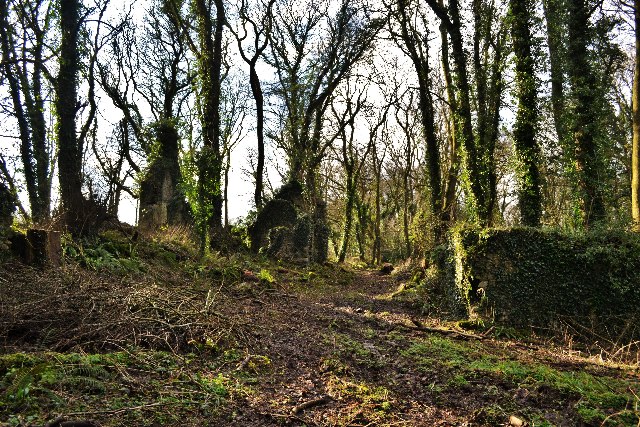
Layers Park is located at Grid Ref: SN0212 (Lat: 51.778883, Lng: -4.8653307)
Unitary Authority: Pembrokeshire
Police Authority: Dyfed Powys
What 3 Words
///employer.pounces.peroxide. Near Hook, Pembrokeshire
Nearby Locations
Related Wikis
Martletwy (electoral ward)
Martletwy is the name of an electoral ward in Pembrokeshire, Wales. It is bordered to the west by the River Cleddau and includes three communities within...
Picton Castle
Picton Castle (Welsh: Castell Pictwn) is a medieval castle near Haverfordwest in the community of Uzmaston, Boulston and Slebech, Pembrokeshire, Wales...
Big House, Landshipping
The Big House, also known as Landshipping House, is a historic house on the banks of the River Cleddau in Landshipping, Pembrokeshire, Wales. The house...
Minwear Wood
Minwear Wood is a Site of Special Scientific Interest (or SSSI) in Pembrokeshire, South Wales. It has been designated as a Site of Special Scientific Interest...
Nearby Amenities
Located within 500m of 51.778883,-4.8653307Have you been to Layers Park?
Leave your review of Layers Park below (or comments, questions and feedback).
